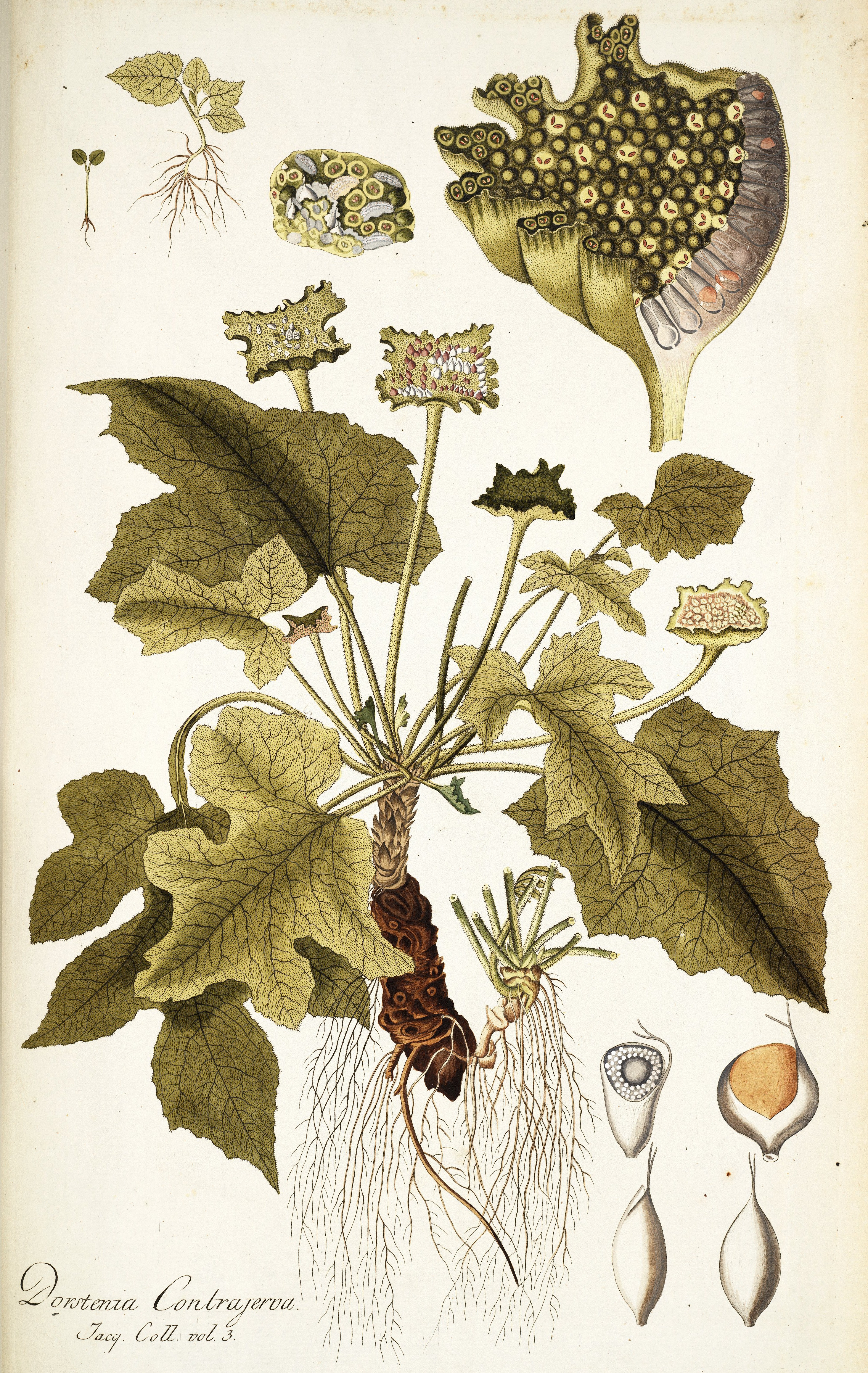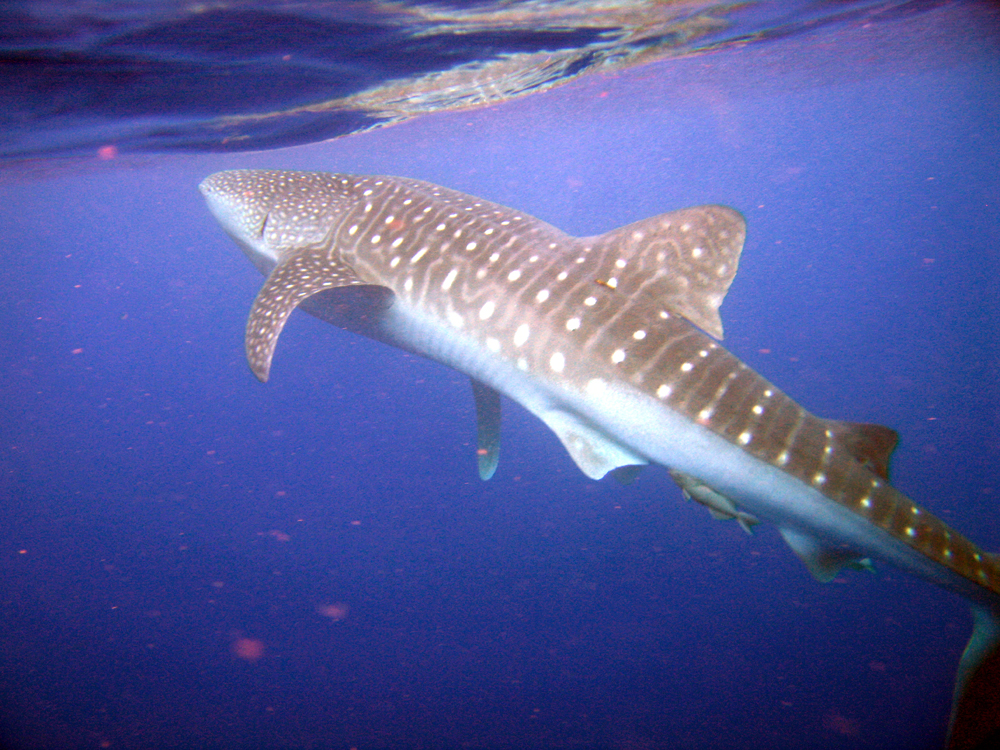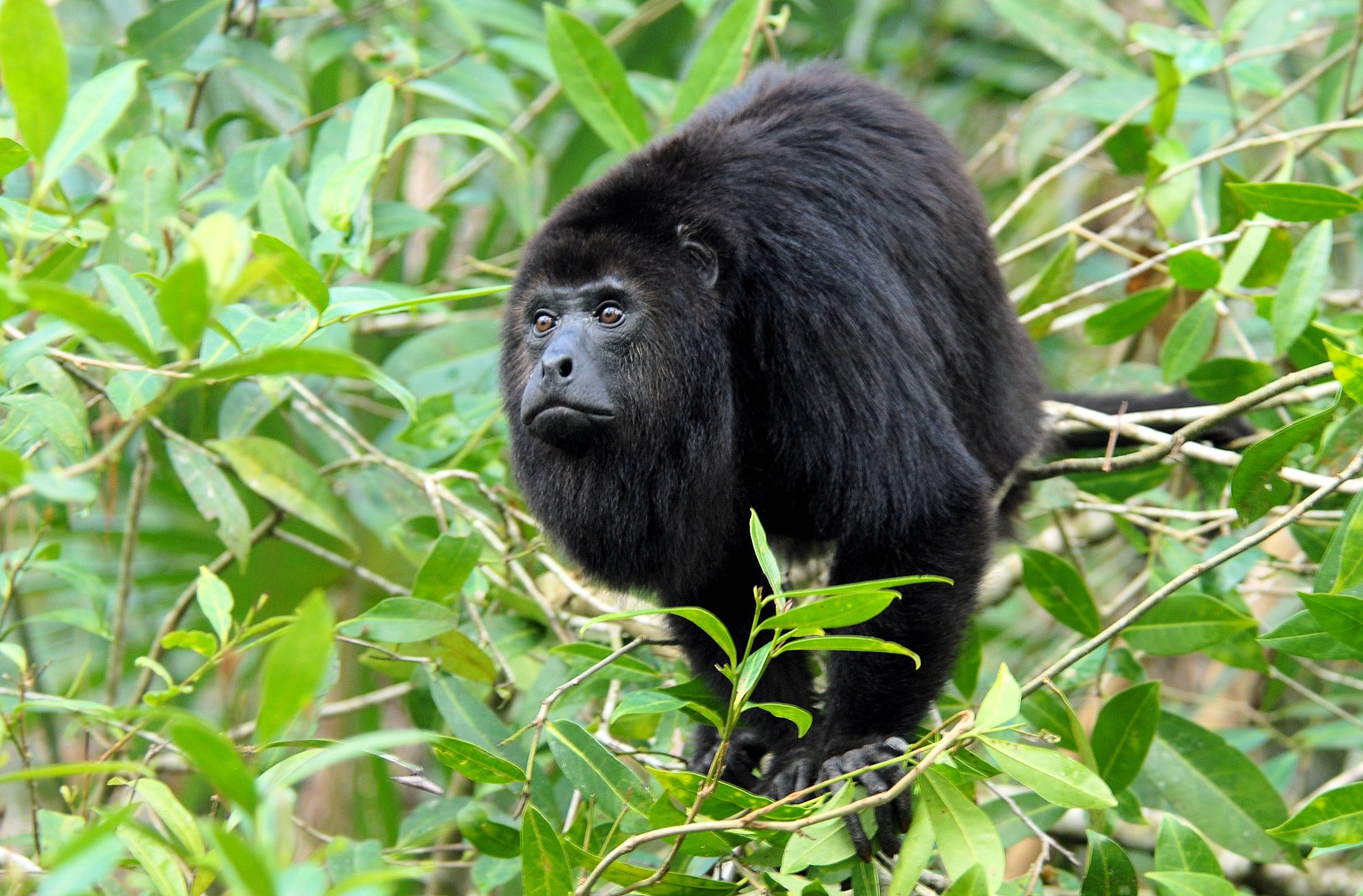|
Dorstenia Drakena
''Dorstenia drakena'' is a plant species in the family Moraceae which is native to Mexico and Central America Central America ( es, América Central or ) is a subregion of the Americas. Its boundaries are defined as bordering the United States to the north, Colombia to the south, the Caribbean Sea to the east, and the Pacific Ocean to the west. .... References drakena Plants described in 1759 Flora of Mexico Flora of Guatemala Flora of El Salvador Flora of Honduras Flora of Nicaragua Flora of Costa Rica Taxa named by Carl Linnaeus {{moraceae-stub ... [...More Info...] [...Related Items...] OR: [Wikipedia] [Google] [Baidu] |
Santa Rosa National Park
Santa Rosa National Park ( es, Parque Nacional Santa Rosa), is a national park, in Guanacaste Province, northwestern Costa Rica, it was created in 1966 by decree 3694. Geography The main entrance of Santa Rosa National Park is north of Liberia on Route 1, in northern Guanacaste Province. The park covers an area of approximately . It is part of the Area de Conservación Guanacaste World Heritage Site, originally created to protect the scene of the Battle of Santa Rosa. It is also within the larger national Guanacaste Conservation Area. The Route 1 (North Interamerican Highway segment within Costa Rica of the Pan-American Highway) is along its eastern edge, where the adjacent Guanacaste National Park is located. Route 913 is completely within the park. History Santa Rosa was originally a farm located in the north-western Guanacaste Province, in Costa Rica. Today an old hacienda building, "La Casona," functions as the monument commemorating the fallen heroes of the differen ... [...More Info...] [...Related Items...] OR: [Wikipedia] [Google] [Baidu] |
Dorstenia
''Dorstenia'' is a genus within the mulberry family, Moraceae. Depending on the author, there are said to be 100 to 170 species within this genus, second only in number to the genus ''Ficus'' within Moraceae. ''Dorstenia'' species are mainly known for their unusual inflorescences and growth habits. ''Dorstenia'' is named in honor of the German physician and botanist Theodor Dorsten (1492–1552).Genaust, Helmut (1976). ''Etymologisches Wörterbuch der botanischen Pflanzennamen'' The type species is '' Dorstenia contrajerva''. Growth habit ''Dorstenia'' is unique in the family Moraceae because of the extremely diverse growth habits and forms of its species. While the majority of Moraceae are woody perennials, ''Dorstenia'' species are predominantly herbaceous, succulent, or suffrutescent perennials. Only 10% exhibit the typical woody habit of the Moraceae. The spectrum of the genus ''Dorstenia'' ranges from small annuals to perennial herbaceous plants with and without rhizo ... [...More Info...] [...Related Items...] OR: [Wikipedia] [Google] [Baidu] |
Flora Of Nicaragua
Flora (: floras or florae) is all the plant life present in a particular region or time, generally the naturally occurring ( indigenous) native plants. The corresponding term for animals is ''fauna'', and for fungi, it is '' funga''. Sometimes bacteria and fungi are also referred to as flora as in the terms ''gut flora'' or ''skin flora''. Etymology The word "flora" comes from the Latin name of Flora, the goddess of plants, flowers, and fertility in Roman mythology. The technical term "flora" is then derived from a metonymy of this goddess at the end of the sixteenth century. It was first used in poetry to denote the natural vegetation of an area, but soon also assumed the meaning of a work cataloguing such vegetation. Moreover, "Flora" was used to refer to the flowers of an artificial garden in the seventeenth century. The distinction between vegetation (the general appearance of a community) and flora (the taxonomic composition of a community) was first made by Jules Thurma ... [...More Info...] [...Related Items...] OR: [Wikipedia] [Google] [Baidu] |
Flora Of Honduras
The flora and fauna of Honduras reflects the country's geographical location inside the tropics. This has allowed for diverse species of plants and animals to be adapted, but some of them are now in danger of extinction. This has posed the Honduran government, offices and nature organizations to look after the protection of the local environment, like the creation of nature reserves. Flora The flora of Honduras is varied. Pluvioselva, classified a tropical rain forest, is one of its most impressive vegetal populations. Ecologists designated it "Hygrophilous Megatherm Type", for corresponding to regions of high humidity and constant high temperatures, with a single dominant species, like pines or firs, covering big areas. The eastern part of the country, ''La Mosquitia'', has many creeper and climbing plants, such as lianas. There is a great variety of epiphytes, most strikingly the orchids. Adapted to the humid environment, trees are enormous and do not possess deep roots, but ... [...More Info...] [...Related Items...] OR: [Wikipedia] [Google] [Baidu] |
Flora Of El Salvador
El Salvador (; , meaning " The Saviour"), officially the Republic of El Salvador ( es, República de El Salvador), is a country in Central America. It is bordered on the northeast by Honduras, on the northwest by Guatemala, and on the south by the Pacific Ocean. El Salvador's capital and largest city is San Salvador. The country's population in 2022 is estimated to be 6.5 million. Among the Mesoamerican nations that historically controlled the region are the Lenca (after 600 AD), the Mayans, and then the Cuzcatlecs. Archaeological monuments also suggest an early Olmec presence around the first millennium BC. In the beginning of the 16th century, the Spanish Empire conquered the Central American territory, incorporating it into the Viceroyalty of New Spain ruled from Mexico City. However the Viceroyalty of Mexico had little to no influence in the daily affairs of the isthmus, which was colonized in 1524. In 1609, the area was declared the Captaincy General of Guatemala by t ... [...More Info...] [...Related Items...] OR: [Wikipedia] [Google] [Baidu] |
Flora Of Guatemala
According to Parkswatch and the IUCN, Guatemala is considered the fifth biodiversity hotspot in the world. The country has 14 ecoregions ranging from mangrove forest (4 species), in both ocean littorals, dry forests and scrublands in the eastern highlands, subtropical and tropical rain forests, wetlands, cloud forests in the Verapaz region, mixed forests and pine forests in the highlands. Over one third of Guatemala (36.3% or about 39,380 km²) is forested (2005). About half of the forests (49.7% or roughly 19,570 km²) is classified as primary forest which is considered the most biodiverse forest type. Tree species include 17 conifers (pines, cypress, including the endemic '' Abies guatemalensis''), the most in any tropical region of the world. Guatemala has 7 wetlands of international importance that were included in the Ramsar List. Guatemala has some 1246 known species of amphibians, birds, mammals and reptiles according to figures from the World C ... [...More Info...] [...Related Items...] OR: [Wikipedia] [Google] [Baidu] |
Flora Of Mexico
Mexico (Spanish: México), officially the United Mexican States, is a country in the southern portion of North America. It is bordered to the north by the United States; to the south and west by the Pacific Ocean; to the southeast by Guatemala, Belize, and the Caribbean Sea; and to the east by the Gulf of Mexico. Mexico covers ,Mexico ''''. . making it the world's 13th-largest country ... [...More Info...] [...Related Items...] OR: [Wikipedia] [Google] [Baidu] |
Plants Described In 1759
Plants are predominantly photosynthetic eukaryotes of the kingdom Plantae. Historically, the plant kingdom encompassed all living things that were not animals, and included algae and fungi; however, all current definitions of Plantae exclude the fungi and some algae, as well as the prokaryotes (the archaea and bacteria). By one definition, plants form the clade Viridiplantae (Latin name for "green plants") which is sister of the Glaucophyta, and consists of the green algae and Embryophyta (land plants). The latter includes the flowering plants, conifers and other gymnosperms, ferns and Fern ally, their allies, hornworts, liverworts, and mosses. Most plants are multicellular organisms. Green plants obtain most of their energy from sunlight via photosynthesis by primary chloroplasts that are derived from endosymbiosis with cyanobacteria. Their chloroplasts contain chlorophylls a and b, which gives them their green color. Some plants are Parasitic plant, parasitic or my ... [...More Info...] [...Related Items...] OR: [Wikipedia] [Google] [Baidu] |
Central America
Central America ( es, América Central or ) is a subregion of the Americas. Its boundaries are defined as bordering the United States to the north, Colombia to the south, the Caribbean Sea to the east, and the Pacific Ocean to the west. Central America consists of eight countries: Belize, Costa Rica, El Salvador, Guatemala, Honduras, Mexico, Nicaragua, and Panama. Within Central America is the Mesoamerican biodiversity hotspot, which extends from northern Guatemala to central Panama. Due to the presence of several active geologic faults and the Central America Volcanic Arc, there is a high amount of seismic activity in the region, such as volcanic eruptions and earthquakes which has resulted in death, injury, and property damage. In the pre-Columbian era, Central America was inhabited by the indigenous peoples of Mesoamerica to the north and west and the Isthmo-Colombian peoples to the south and east. Following the Spanish expedition of Christopher Columbus' ... [...More Info...] [...Related Items...] OR: [Wikipedia] [Google] [Baidu] |
Guanacaste Province
Guanacaste () is a province of Costa Rica located in the northwestern region of the country, along the coast of the Pacific Ocean. It is bordered by Nicaragua to the north, Alajuela Province to the east, and Puntarenas Province to the southeast. It is the most sparsely populated of all the provinces of Costa Rica. The province covers an area of and as of 2010, had a population of 354,154, with annual revenue of $2 million. Guanacaste's capital is Liberia. Other important cities include Cañas and Nicoya. Etymology The province is named for the guanacaste tree, also known as the ear pod tree, which is the national tree of Costa Rica. History Before the Spanish arrived, this territory was inhabited by Chorotega Indians from the towns of Zapati, Nacaome, Paro, Cangel, Nicopasaya, Pocosí, Diriá, Papagayo, Namiapí and Orosí. The Corobicies lived on the eastern shore of the Gulf of Nicoya and the Nahuas or Aztecan in the zone of Bagaces. The first church was built ... [...More Info...] [...Related Items...] OR: [Wikipedia] [Google] [Baidu] |
Mexico
Mexico ( Spanish: México), officially the United Mexican States, is a country in the southern portion of North America. It is bordered to the north by the United States; to the south and west by the Pacific Ocean; to the southeast by Guatemala, Belize, and the Caribbean Sea; and to the east by the Gulf of Mexico. Mexico covers ,Mexico '' The World Factbook''. . making it the world's 13th-largest country by area; with approximately 12 ... [...More Info...] [...Related Items...] OR: [Wikipedia] [Google] [Baidu] |
Moraceae
The Moraceae — often called the mulberry family or fig family — are a family of flowering plants comprising about 38 genera and over 1100 species. Most are widespread in tropical and subtropical regions, less so in temperate climates; however, their distribution is cosmopolitan overall. The only synapomorphy within the Moraceae is presence of laticifers and milky sap in all parenchymatous tissues, but generally useful field characters include two carpels sometimes with one reduced, compound inconspicuous flowers, and compound fruits. The family includes well-known plants such as the fig, banyan, breadfruit, jackfruit, mulberry, and Osage orange. The 'flowers' of Moraceae are often pseudanthia (reduced inflorescences). Historical taxonomy Formerly included within the now defunct order Urticales, recent molecular studies have resulted in the family's placement within the Rosales in a clade called the urticalean rosids that also includes Ulmaceae, Celtidaceae, ... [...More Info...] [...Related Items...] OR: [Wikipedia] [Google] [Baidu] |






